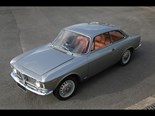Alfa Romeo Alfasud: Budget classic
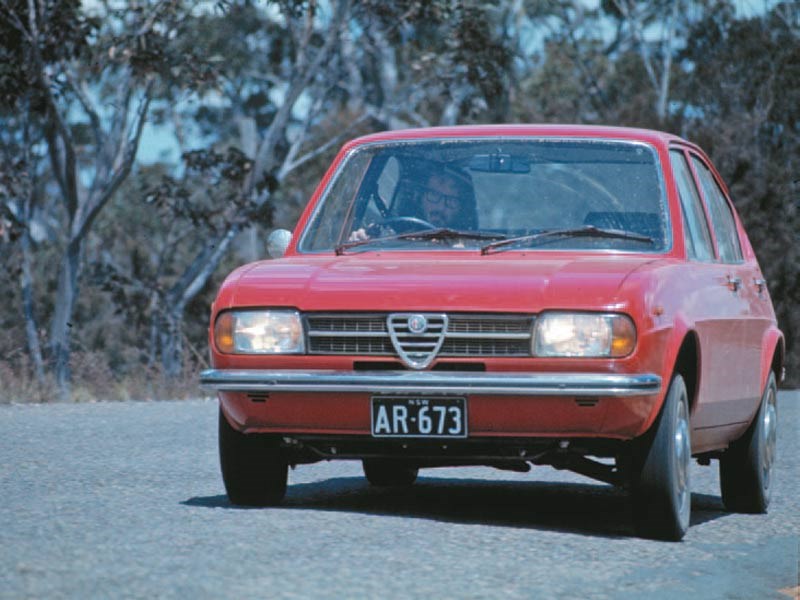 Alfa Romeo Alfasud
Alfa Romeo Alfasud

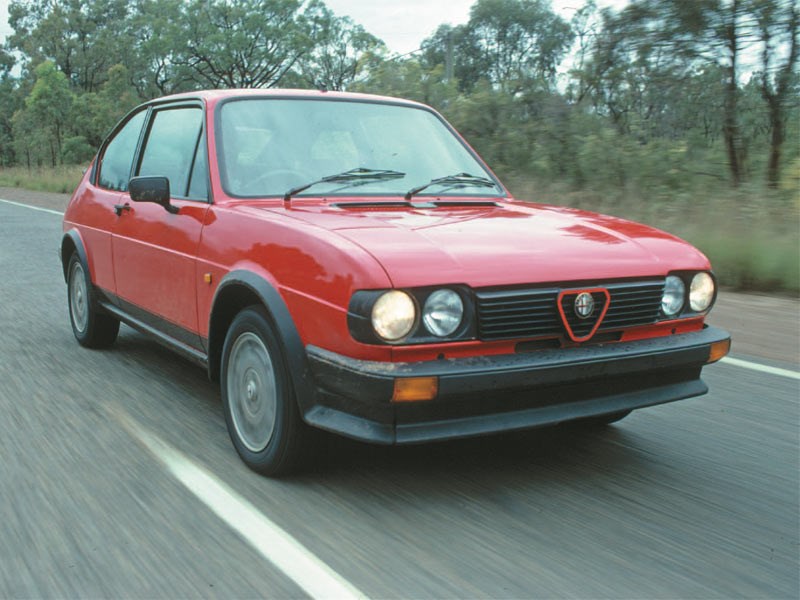 Alfa Romeo Alfasud
Alfa Romeo Alfasud

 Alfa Romeo Alfasud
Alfa Romeo Alfasud
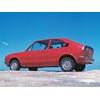
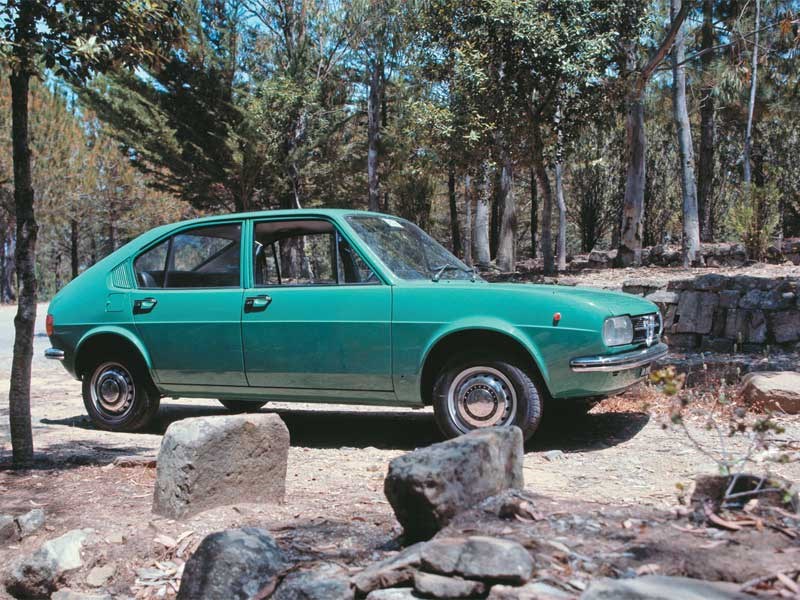 Alfa Romeo Alfasud
Alfa Romeo Alfasud

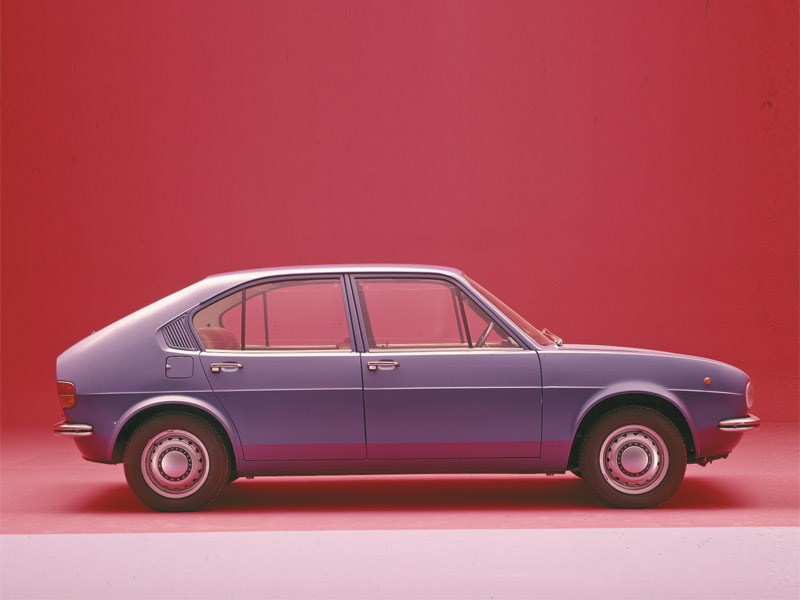 Alfa Romeo Alfasud
Alfa Romeo Alfasud

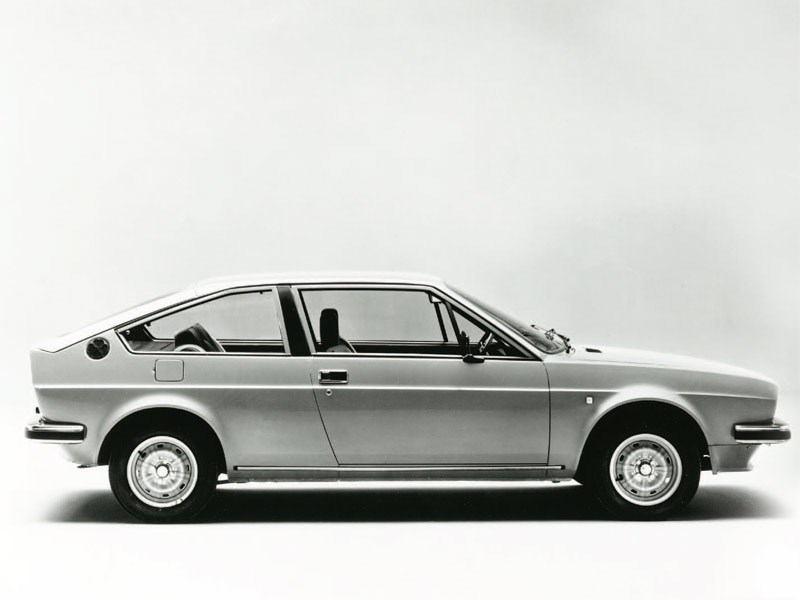 Alfa Romeo Alfasud
Alfa Romeo Alfasud

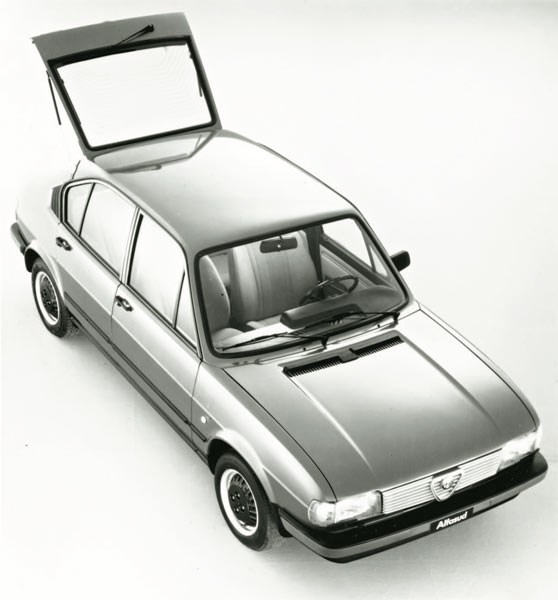 Alfa Romeo Alfasud
Alfa Romeo Alfasud

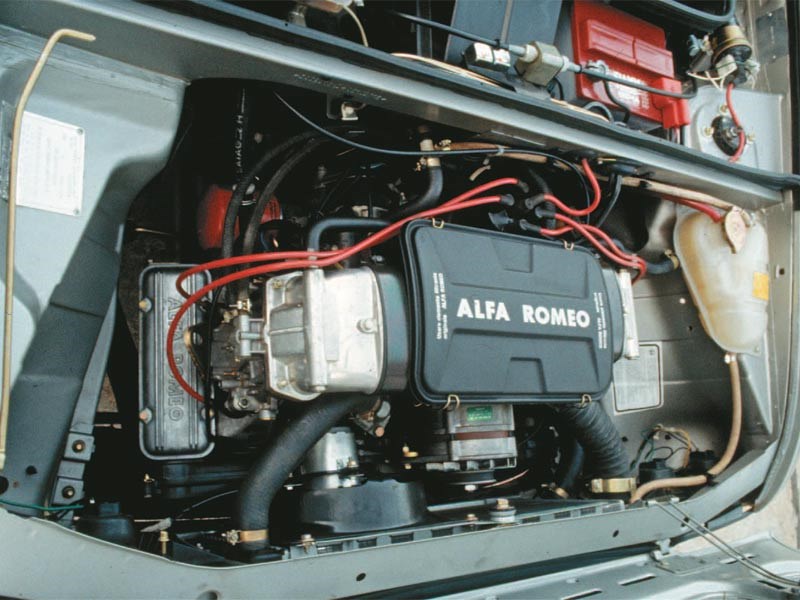 Alfa Romeo Alfasud
Alfa Romeo Alfasud

 Alfa Romeo Alfasud
Alfa Romeo Alfasud

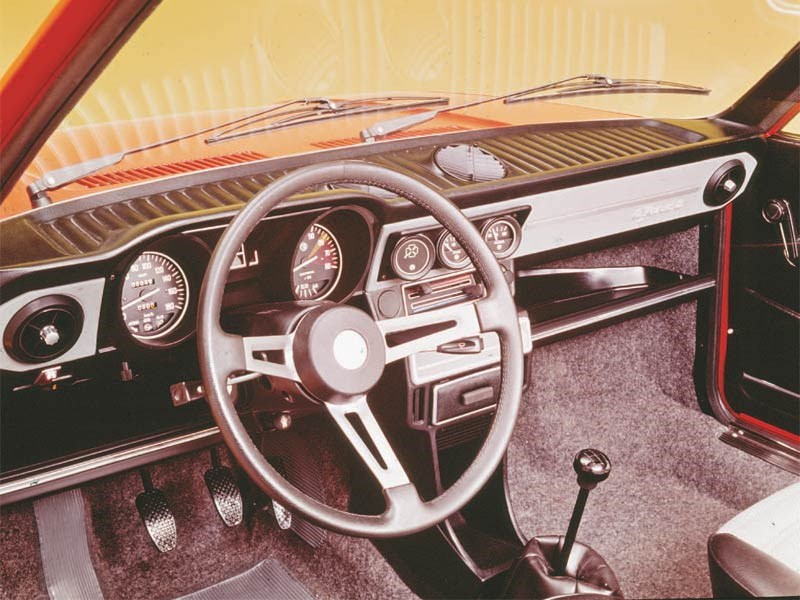 Alfa Romeo Alfasud
Alfa Romeo Alfasud

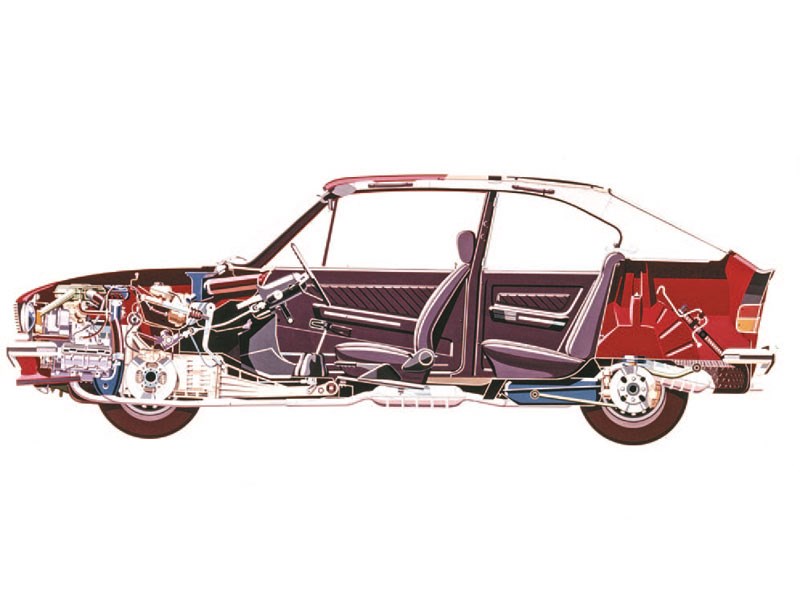 Alfa Romeo Alfasud
Alfa Romeo Alfasud

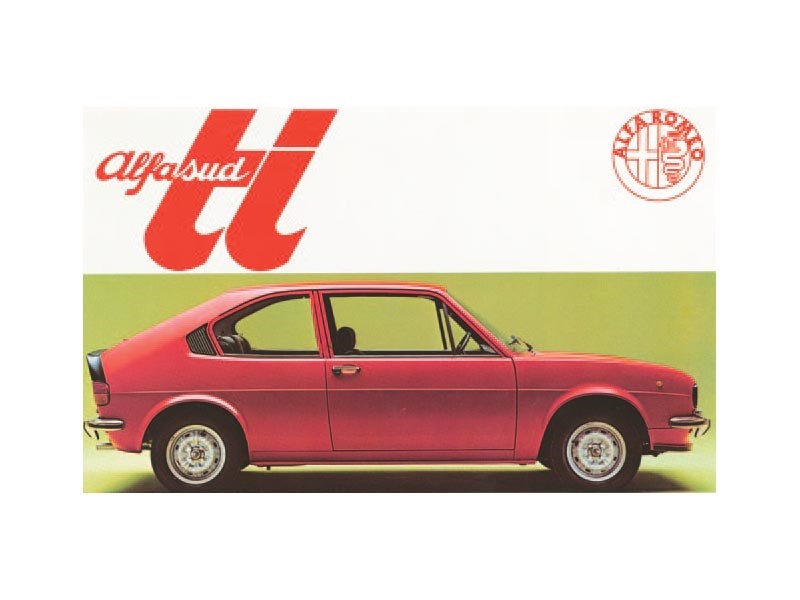 Alfa Romeo Alfasud
Alfa Romeo Alfasud


|
|
Alfa Romeo Alfasud
|

|
|
Alfa Romeo Alfasud
|

|
|
Alfa Romeo Alfasud
|

|
|
Alfa Romeo Alfasud
|

|
|
Alfa Romeo Alfasud
|

|
|
Alfa Romeo Alfasud
|

|
|
Alfa Romeo Alfasud
|

|
|
Alfa Romeo Alfasud
|

|
|
Alfa Romeo Alfasud
|

|
|
Alfa Romeo Alfasud
|

|
|
Alfa Romeo Alfasud
|

|
|
Alfa Romeo Alfasud
|
Great to drive, but what's it like to own?

|
|
Budget classic: Alfa Romeo Alfasud
|
Alfa Romeo Alfasud
A social engineering exercise resulted in this benchmark front-driver. But while the 'sud was great to drive, it could be a nightmare to own.
Pop quiz hotshots. What do these three things have in common: The Great Ocean Road, The Nurburgring race circuit and the Alfa Romeo Alfasud? Bit of a tough one, isn’t it? But the answer is quite simple: All three things were designed and built to give unemployed workers something to do.
The Great Ocean Road on Victoria’s Shipwreck Coast was built by returned diggers at the end of The Great War. The construction of the Nurburgring was the German government’s solution to high unemployment in the region in the 1920s. And the Alfasud was conceived in the late 1960s by the Italian State (which owned Alfa Romeo) to inject jobs into the cash-strapped region around Naples in the county’s south. (Alfasud translates literally as `Alfa South’).
The plan was to locate the Alfasud plant on the site of the old Alfa Romeo aero-engine factory (which built engines for military aircraft during WW2), in order to build a completely new (for Alfa Romeo) design that would be yet another landmark small car from the Milan based car-maker. First shown at the Turin Motor Show in 1971, the ’Sud (as in ‘sood’) started production (albeit slowly) in 1972 and it became immediately obvious that Alfa had chucked out the standard textbook for this one. For a start, the Alfasud was frontwheel-drive – a first for the company, which allowed Alfa to discover the packaging possibilities in this layout.
The engine was still a four-cylinder, but instead of an in-line cylinder layout, the ’Sud received a horizontally-opposed arrangement. When you consider that one of the designers was none other than Austrian, Rudolph Hruska, that makes sense, too. See, Hruska was one of the engineers who had worked with Ferdinand Porsche on the original Volkswagen Beetle decades earlier, so there was a lot of love for small-capacity flat-fours.
Rather than the DOHC cylinder-head layouts of Alfa’s famous twin-cam four, the ’Sud scored a single overhead camshaft on each bank of cylinders, operating two valves per pot. More importantly, the valve angles and porting were spot on and the ’Sud flat-four (and its descendants) are still seen in hillclimb specials.
Suspension was by MacPherson struts at the front and a simple coil-sprung beam axle at the rear, and there was a four-speed manual gearbox rather than the five-speed unit that Alfa customers had previously known. Nevertheless, this radical design soon won people over with its combination of nimble handling and decent performance. In fact, with a kerb weight of just over 800kg, even the basic 1186cc version could top 150km/h.
With massively oversquare dimensions (80mm bore and a 59mm stroke), the 47kW (DIN) 1.2 loved a rev and even provided a deliciously warbly little exhaust note that made a standard VW flat-four sound like a carrot slicer on drugs.
In Australia, the Alfasud didn’t arrive until 1974, but consider the impact those tech specifications had. Back when a basic Holden or Ford was still sporting drum front brakes, a column-shift and a lazy, pushrod engine, the ’Sud’s sophistication – and sheer abilities – can’t have done the Alfa reputation any harm. That said, the ’Sud’s ultimate fate certainly did tarnish the brand’s reputation, and it’s these inherent problems that have made the ’Sud such a rare sight these days, and a risky buy if you don’t know what you’re getting into. We’ll get to those in a minute, but in the meantime, the 1974 Aussie ’Sud line-up consisted of a single model (the four-door Alfasud L) with the willing, tuneful 1186cc engine – good for a 19.4sec quarter mile. For 1975, the range was boosted with the arrival of the Ti model which gained another 4kW but, more importantly, an extra ratio (for a total of five) – making the little Alfa seem even more exotic.
The 1979 model year was a big one for the ’Sud with engine capacity lifted to 1490cc – hiking power to 59kW. That also marked the end of the four-speed manual but, crucially, the Aussie arrival of the very pretty Alfasud Sprint coupe which shared the mechanical parts.
And here’s something that might surprise you – despite that fastback shape, it wasn’t until 1982 that Australian ’Suds actually got a hatchback layout. Prior to that, they were two-door coupes with a fixed back window and a conventional bootlid. By 1984, it was all over for the Alfasud, though stocks of the twin-carb Sprint Green Cloverleaf lasted until 1987, at which point Alfa had the 33 (itself using a stretched ’Sud platform with squared-off bodywork) ready to disappoint a new generation of owners.
Ah yes, the ’Sud’s shame file. Despite brilliant design, the Alfasud was the victim of a number of factors that conspired to damn it throughout its life, and also as a historical subject.
For starters, it turned out that giving rural Napolese peasants jobs in a car factory wasn’t such a hot idea after all. There was much industrial unrest and it would appear that the average signor screwing Alfasuds together was unfamiliar with the words ‘quality’ or ‘pride’. As a result, Alfasud owners began to report horrific build-quality problems, starting with interior fittings jumping ship and the rest of the car simply rattling itself to bits. Poor running was often the result of unbalanced carbs and could be tricky to put right.
But an even bigger problem was that somebody thought it would be a good idea to specify cheap Russian steel for the ’Sud’s already flimsy (by design) bodyshell. There were also stories of unpainted bodyshells being left out in all weathers, making rust a question of when, not if. This, then, is why some owners discovered shocking rust early in the ’Sud’s life – even to the point of windscreens falling out when the driver hit the brakes.
Forty years later, this has meant that ’Suds are a pretty rare sight and that’s in relatively car-friendly Australia. In Europe, where the climate is much harsher, Alfa’s little piece of social engineering is even thinner on the ground. I read somewhere that as of last year, there were less than 100 ’Suds still on the roads in Britain...
If you’re smitten by the thought of owning an Alfasud (and a good one is a joy to drive), you need to be very careful. Buy on body condition above all else as this will be the thing that makes the difference between a fun little car to own or an economically-unviable blob of corroded misery halfway up your driveway.
Prices start at a few hundred bucks for something that should have been scrapped years ago, to about $5000 for a decent car that has had the bodywork sorted to a certain extent. Even then, a ’Sud’s period of remission can be brief and you have to keep a close eye on the edges of all an Alfasud’s panels – and act early – to keep the rust-critters at bay.
SPECIFICATIONS
Alfa Romeo Alfasud
Years of production: 1972-1984
Number produced: 893,719 (excl. Sprint)
Body: 2- or 4-door sedan, 2- or 4-door hatchback
Engine: 1186cc flat-four, 1490cc flat-four
Power: 47kW (1.2), 59kW (1.5), 70kW (1.5 Ti)
Gearbox: 4-speed or 5-speed manual
Suspension: MacPherson struts, anti-roll bar (f); beam axle, Watts linkage, Panhard rod, coils (r)
Brakes: four-wheel discs
Price new: $3995 (‘74 L), $13,900 (‘84 Ti)
Price now: $500 – $8000
Unique Cars magazine Value Guides
Sell your car for free right here
Get your monthly fix of news, reviews and stories on the greatest cars and minds in the automotive world.
Subscribe

.jpg)



.jpg)
